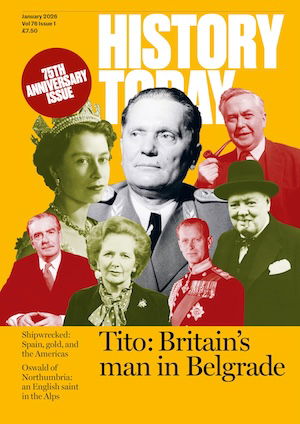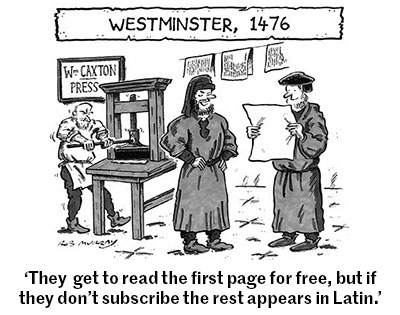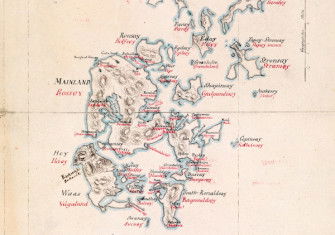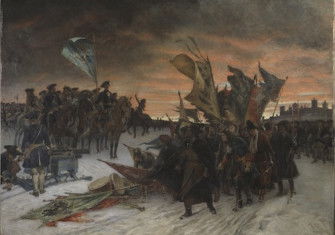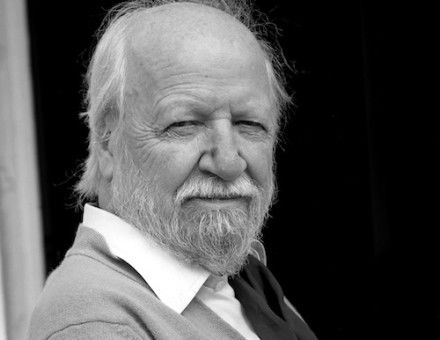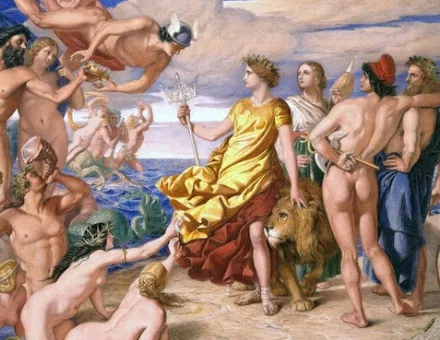Gustav Vasa: The Father of Modern Sweden?
A bloody massacre in Stockholm’s city square set Sweden on a course for independence under the leadership of Gustav I Vasa. A master of the ethos of 16th-century monarchy, his legacy is complicated.
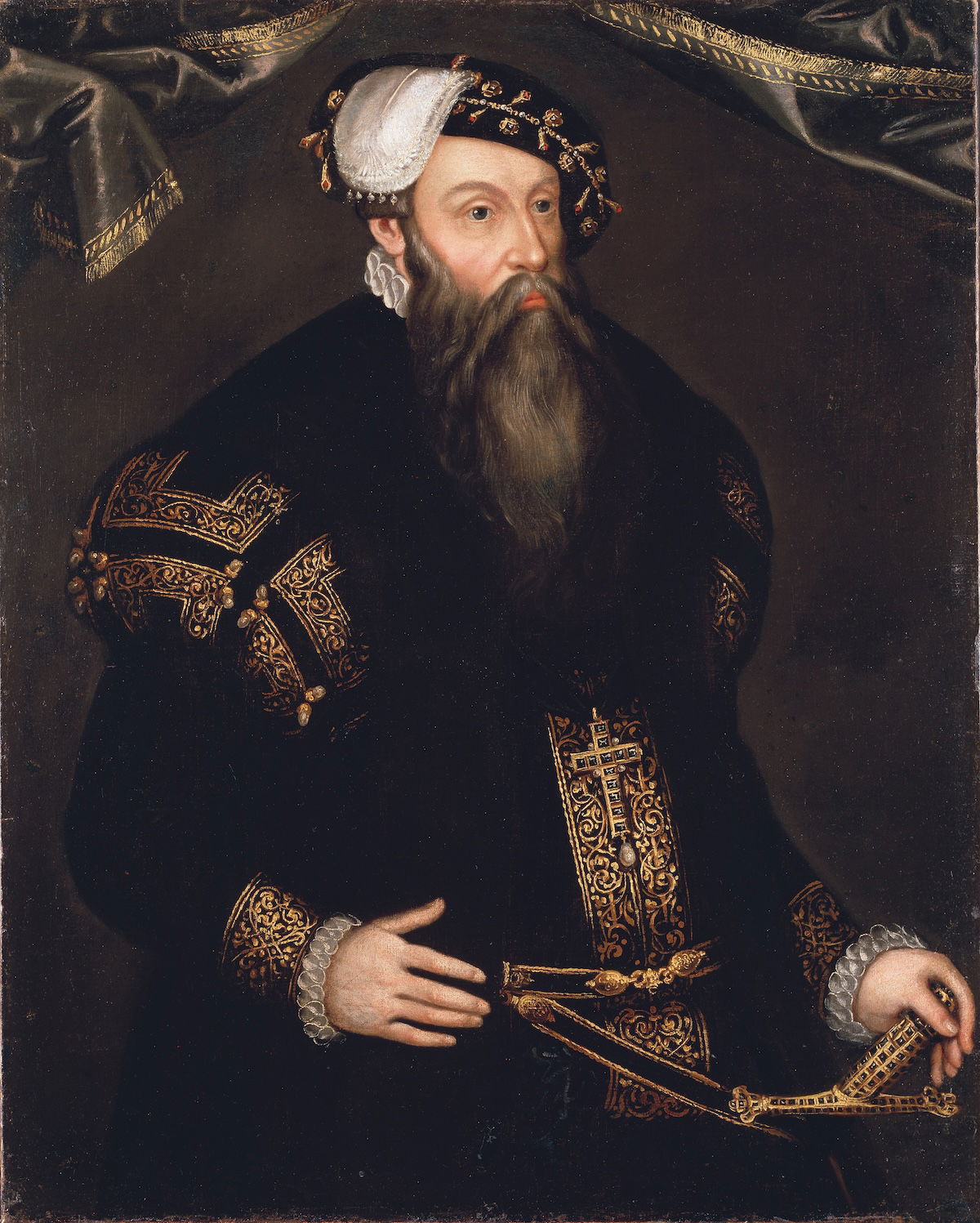
On 4 November 1520 Christian II of Denmark and Norway was crowned king of Sweden. In the decade preceding the coronation the so-called Kalmar Union, which since 1397 had joined the three kingdoms under a common monarchy, had been the cause of a series of rebellions raised by various groups in Sweden who were opposed to this centralising project. Though initially successful in repelling the Danish forces, by September 1520 the last pockets of Swedish resistance in Stockholm were unable to hold out. With the promise of amnesty and favourable conditions under the new would-be king, the conflict was brought to a conclusion.
But as night fell on 8 November, as many as 100 rebels, including members of the council of state, high church officials, Stockholm city officials and ordinary citizens, were taken into custody. Accused of heresy, they were quickly condemned and hanged or beheaded at Stortorget, Stockholm’s main square. Their bodies were broken, dismembered and burned. The slaughter was recorded by the Swedish clergyman Olaus Magnus, who wrote:

